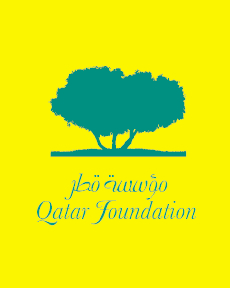Western influence is massive in almost every aspect of life and it is commonly passionately embraced by societies not part of the West. Just look around in the Arab world, especially in the wealthy part of it. Obviously, the adoration for a Western style can be embarrassing and a general concern about the global disappearance of indigenous cultures is justified. But I'm afraid there is only one way to revive local (visual) cultures and that is by getting young well educated local designers inspired by their own cultural background. Well educated and talented designers are not afraid to be influenced by the West or any other culture unlike many others who lack the imagination to think of a better way to keep the culture visible than by only preserving their own past. That is a recipe for fossilizing one's culture, not keeping it alive. Preservation only will keep a visual culture around for everyone to see, but it will be like a mummy on display.
Young designers shouldn't be afraid of Western influence, because a part of the Western influence is based on the discovery or development of knowledge that is universal. Eastern physics is not different than Western. The same is true for type design, the Western eye has the same construction as the Arab eye, both obey to the same physiological characteristics. Western type designers simply have the advantage of accumulated experience, it would be silly not to use it.
The history of Arab type design has had three basic aspects: first, the attraction of inventors who came up with fruitless radical ideas about how to transform the Arabic script to meet the demands of the technological revolution, second, the extreme conservatives who wished nothing to be altered and finally Western companies with a commercial interest in making the machinery for producing Arabic type. This situation is still around but young well educated Arabs are likely to take a more moderate and practical stance on these matters and take further developments more in their own hands.
In the meantime, some bad typographic habits seem to be quite persistent. In the Arab world, the Latin script is often used next to the Arabic script. The combination of two scripts is becoming a global standard in the public sphere. The English language is developing into a global Lingua Franca. From a communicational point of view it makes sense to create a type family for both scripts that share formal characteristics. Simply because this typeface is easier to produce and to use. The different ways to make a type family incorporating two scripts is countless. So one needs a talented type designer to come up with the best result. Sorry, there is no easy way around this. However, there are two simple things to avoid when making an Arabic/Latin type family. One is not to make use of the few inventions Western type designers have made to make letter forms best readable in most circumstances and second is to use parts of a Western type family to construct Arabic characters. The result of the last method will indeed create a consistent image, but the Arabic text will look utterly silly and unprofessional. It is surprising how often this bad typographic habit is still exercised even by sophisticated cultural foundations.
